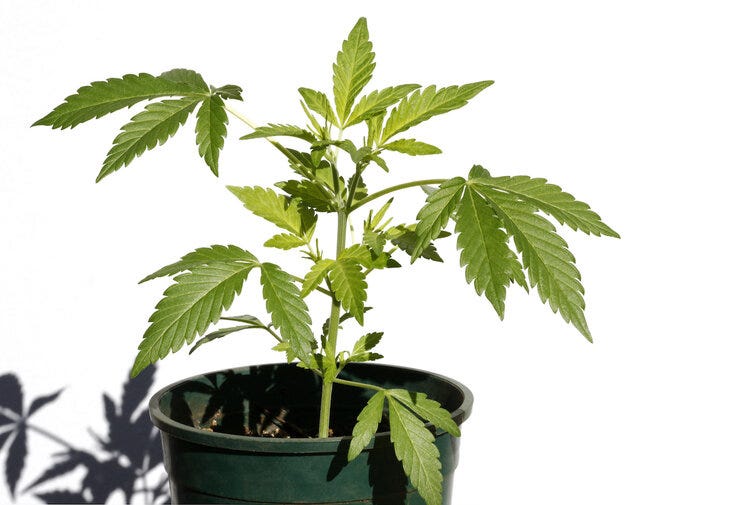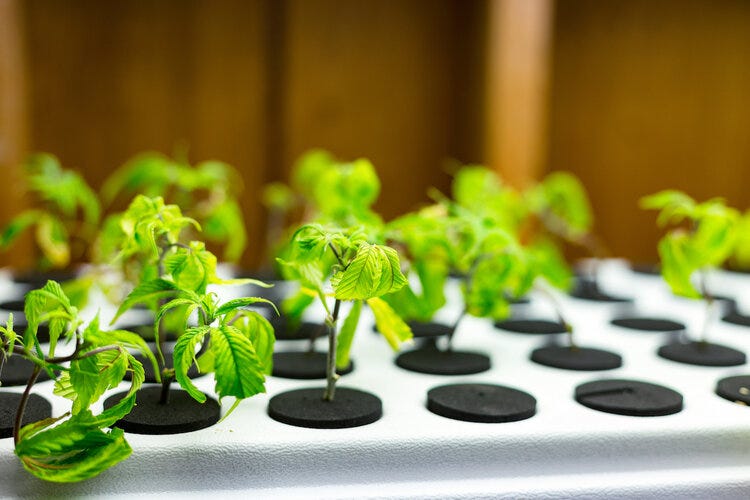Quarantining plants & bringing in new genetics
New genetics are huge for the industry right now.
Not only is there “hype” attached to having certain new flavors and varieties but it also has allowed growers to avoid existing systemic problems, passed down from cycle to cycle indefinitely. However, introducing new plants into your grow can increase your risks of transferring contaminants, pests and pathogens from one grow to another, or even one room to another.
Proper quarantining practices will set you up for success and help you avoid these additional issues.
For the longest time, growers were limited to what was in METRC; you were essentially buying someone else’s problem. You knew the clones would have spider mites, knew they would have thrips, etc.; It was inherent to the game. Now, with the ability to purchase and introduce seeds in METRC, it allows growers to isolate issues, knowing that they are not necessarily transplanting problems from one plant, grow or space to another.
Without question, the easiest way to introduce new genetics with zero risk is popping new seeds but that isn’t always an option, and knowing how to bring new genetics in while keeping your grow clean is imperative. "It’d be nice to start from seed every time,” says Ricciardi, “but you could have a power outage in veg and lose your whole grow, and if you have to start from seed, that means you go bankrupt waiting for your final product.”
Instead, Ricciardi recommends having a dedicated quarantine space, as far from your main grow as possible.

Try to have an area in the environment that is as far off beaten path as possible, ideally using an auxiliary door to get to said room so don’t have to even walk through facility with the new genetics.
The more rooms you walk by–every door you walk by–is a chance for contamination, even the periphery of the building, property, or grow can be a source of contamination.
How to Quarantine Plants & Introduce New Genetics (The Biosafe Systems SOP)
- Set up a tent or greenhouse depending on your environment and how many plants you are bringing in.
- Put the plants in this space and start a 3-week quarantine.
- Integrate normal IPM, including root and foliar treatments.
- After 3 weeks, take clones off of the plants that you brought into your quarantine environment. Ideally, you’ll want to put these clones in a separate environment from both your quarantine and your main grow area.
- Root your clones, get them into veg, and, if you aren’t noticing any issues, the plants are most likely clean. If you notice problems with your clones, you may need to backtrack, going back to the quarantined mother plants, cleaning them again, and getting new, clean clones.
Never introduce plants given to you by others.
Take a clone of that clone; not the original clone. If a plant has problems like root aphid pressure, for example, it’s hard to get out of the media itself, whereas a root aphid isn’t going to be on the top of a clean clone.

It’s important to keep your quarantined plants and clones away from other sources of pests, pathogens, and threats to observe if anything manifests that is systemic to the genetics themselves and not a product of the environment that they are introduced into.
While some swear by a sulfur dip, we have seen them be ineffective.
Sulfur dips are only as effective as the guy doing it. A poor gentleman who has 900 plants is not going to be giving all of them the same attention, and the last 100 or so were probably dipped as quickly as possible.
In addition to proper quarantining practices, it’s important to properly prepare plants for transfer by using an IPM in veg.
Make sure your plants are still in veg (ideally). There’s way more leniency in veg if you spray or treat the plant a little hard and end up burning the leaves; it’s not the end of the world, whereas with only nine weeks of flower, if you take that week to bounce back, that’s 10-15% of harvest that we miss out on.
I’m always a proponent of clean plants, and giving yourself an extra week in veg to compensate for harsh cleanups will help you avoid losing that crucial time in flower.
To ensure that the genetics that you are bringing into your garden don’t bring stowaway problems with them follow these three steps:
- Clean up the plants before taking clones
- Quarantine those clones once they’ve rooted
- Take clones of those clones, and make sure that the most recent cuttings root without issues, then introduce them into your main grow.
Subscribe to our Substack to receive new content automatically
This article is featured in Vol. 1 of The ETHOS Magazine.
Grab a collector's edition of the ETHOS magazine in print HERE.